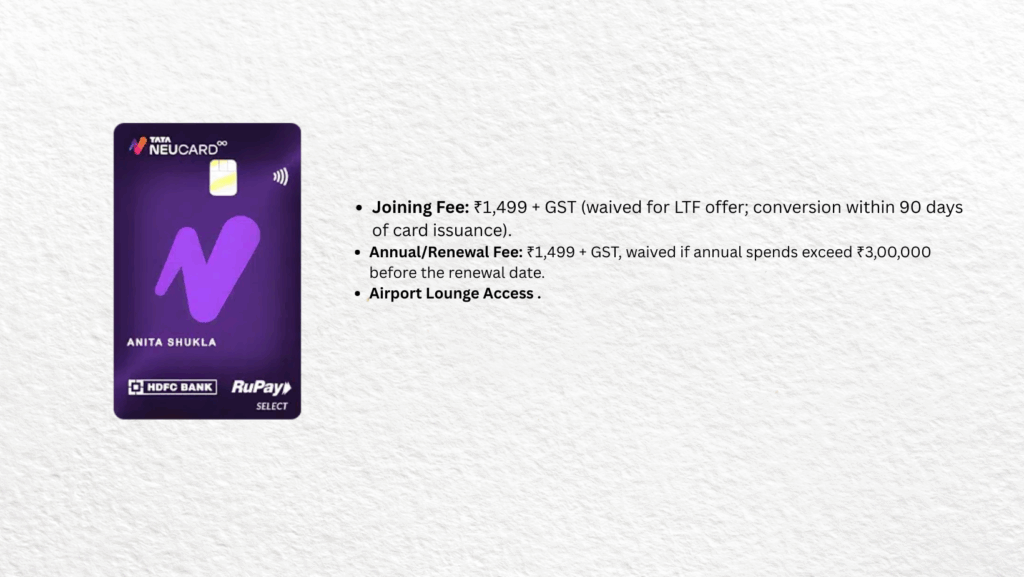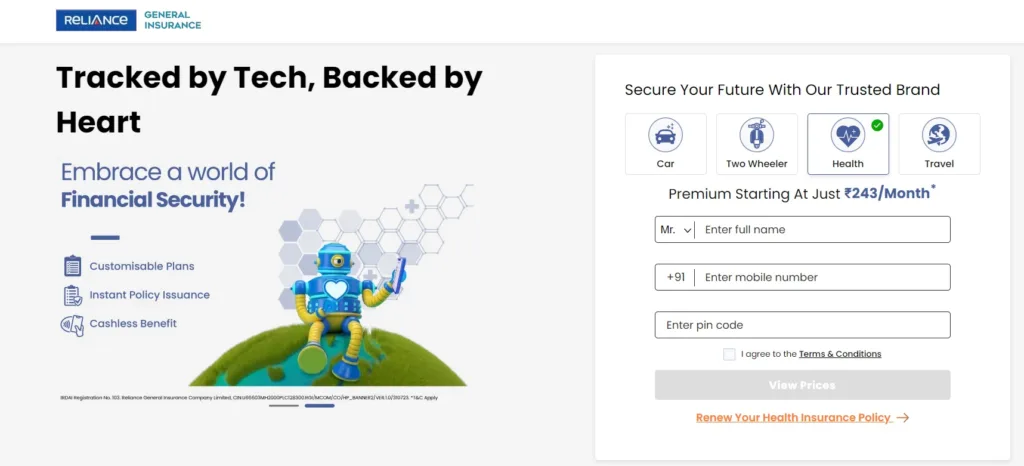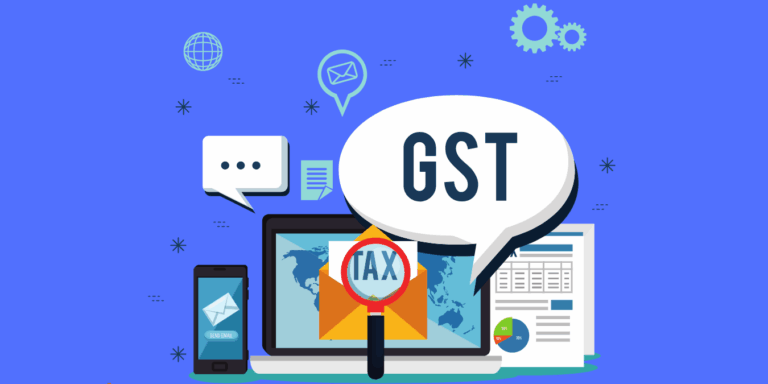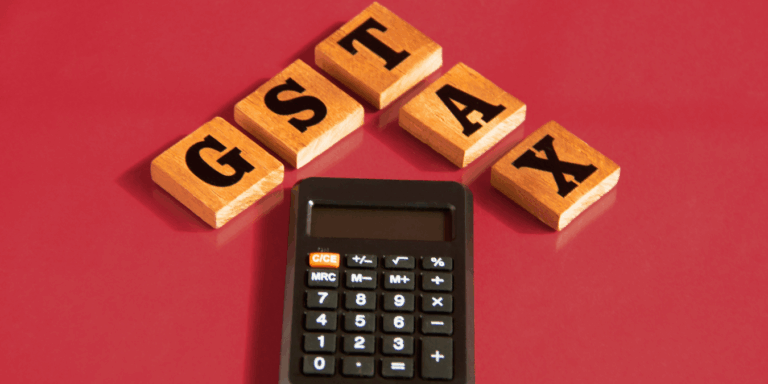
Finance Act 2025’s shocking ₹4 lakh and ₹8 lakh thresholds, freeing perks like company cars and overseas medical treatments from tax for millions. Will your paycheck transform?
India’s tax landscape has just witnessed a seismic shift, igniting a wave of India trends 2025 that’s reshaping how millions of salaried professionals perceive their paychecks. The Finance Act 2025, effective April 1, 2025, has unveiled a landmark overhaul in perquisite taxation, introducing bold ₹4 lakh and ₹8 lakh thresholds. These latest Indian discoveries promise to rewrite compensation narratives, fuel office gossip, and spark emotional resonance across the nation. But what’s the catch? And who truly benefits? Buckle up as we unravel the suspense, decode the impact, and arm you with actionable insights to navigate this game-changing reform.
The Great Threshold Leap: From ₹50,000 to ₹4 Lakh
For over two decades, since 2001, non-monetary benefits provided by employers—think company cars, children’s education, or domestic staff services—were taxable as perquisites for “specified employees” earning above a mere ₹50,000 annually. This outdated cap ensnared countless salaried Indians in a tax net, inflating their tax bills and stifling the allure of workplace perks. Enter the Finance Act 2025, a bold stride in modernizing income tax rules 2025. The Central Board of Direct Taxes (CBDT) has replaced this archaic threshold with a dynamic ₹4 lakh salary limit, redefining who qualifies as a “specified employee.”
- Old threshold: ₹50,000 per annum
- New threshold: ₹4 lakh per annum
This eightfold leap is nothing short of revolutionary. Employees earning up to ₹4 lakh annually are no longer “specified” for perquisite valuation. Translation? Perks like company-provided cars, free education facilities, or utility services are now tax-free for a significantly larger workforce segment. This shift is a viral India story, sparking curiosity about how it could transform entry-level and mid-tier compensation packages. Imagine the relief of a young professional whose child’s school fees or leased car no longer triggers a tax hit—more money in the pocket, less stress on the mind.
Beyond Borders: ₹8 Lakh Exemption for Overseas Medical Treatment
Parallel to the domestic perk overhaul is a dramatic push for medical security abroad, a move resonating deeply with middle-income earners. The Finance Act 2025 has raised the exemptible cap for employer-funded overseas medical treatment and attendant travel from ₹2 lakh to ₹8 lakh of gross total income. With medical inflation soaring and international healthcare costs skyrocketing, this ₹6 lakh extension is a lifeline for employees contemplating critical treatments abroad. Whether it’s a life-saving surgery in Singapore or specialized therapy in the US, this exemption could mean the difference between hope and despair.
This change taps into a universal human narrative: the pursuit of health and security. For a mid-level manager earning ₹6 lakh, the ability to access ₹8 lakh in tax-free medical coverage could be a game-changer, influencing not just healthcare decisions but also job loyalty. It’s one of those latest Indian discoveries that blends policy reform with emotional weight, making it a shareable hook for social media and workplace discussions.
SBI Car Loan: Your Dream Car with Zero Prepayment Charges and Flexi Pay Option
The Future of Crypto? PEP-20’s Memes on Bitcoin Raises $2.8M in Record Time
Home Loan Interest Rates: Fixed vs. Floating—Why Your Choice Could Save (or Cost) You Thousands?
Supporting Aspirations: Education Loan Interest Relief Scheme
The Plot Twist: Not All Perks Are Tax-Free
But here’s where suspense brews. Not every perk is suddenly tax-free, and the fine print is critical. The new exemptions apply only to benefits explicitly covered under the amended Rules 3C and 3D of the Income-tax Rules, 1962. Perquisites like Employee Stock Options (ESOPs), concessional loans, gift vouchers, club memberships, and food and beverage allowances remain fully taxable, regardless of your income level. Moreover, company directors and employees with a substantial interest (holding 20% or more voting power) in their organizations are excluded from these reliefs, facing the same perquisite taxation as before.
This selective exemption creates a layered impact. While early-career professionals celebrate tax-free perks, senior executives and stakeholders find themselves on the sidelines, fuelling debates about tax equity. The question looms: will this tiered system spark fresh India trends 2025 in workplace dynamics? The suspense of who wins and who waits is already generating buzz, from corporate boardrooms to social media threads.
Decoding the Impact: Who Wins and Who Waits?
Let’s break down the winners and those left watching from the sidelines:
- Early-Career Professionals (₹4 Lakh or Less)
For those starting their careers, the ₹4 lakh threshold is a windfall. Perks that once triggered tax liabilities—company cars, education support, or utility allowances—are now tax-free. This makes entry-level jobs more attractive, especially in sectors like IT, retail, and manufacturing, where such benefits are common. Imagine a fresh graduate in Bengaluru, earning ₹3.5 lakh, now able to lease a car without worrying about a tax hit. It’s a small but tangible boost to their financial freedom. - Mid-Level Earners (₹4 Lakh–₹8 Lakh)
Employees in this bracket gain significantly from the overseas medical exemption. With ₹8 lakh of gross total income now covered tax-free for international treatments, mid-level professionals can plan critical healthcare without financial ruin. This could influence job-hopping decisions, as companies offering robust medical benefits become more appealing. Picture a family in Mumbai, where a parent’s treatment abroad is suddenly within reach—emotionally resonant and practically transformative. - Senior Executives and Substantial Shareholders
High earners and those with significant stakes in their companies see little relief. Perquisites remain taxable for them, and the new thresholds don’t apply. This perpetuates a divide, potentially sparking debates about fairness in income tax rules 2025. Will senior leaders push for alternative compensation models? The tension is palpable, and it’s a storyline to watch.
Why This Matters: The Bigger Picture
The overhaul in perquisite taxation isn’t just about numbers—it’s about reshaping workplace culture and financial planning. Employers now have a golden opportunity to redesign compensation packages, making tax-free perks a selling point for recruitment and retention. For employees, it’s a chance to rethink budgeting, prioritize healthcare, and negotiate smarter. The latest Indian discoveries in tax policy could ripple through hiring trends, employee satisfaction, and even consumer spending, as more disposable income stays in salaried hands.
Yet, the tiered impact raises questions of equity. Why do senior executives miss out? Will the CBDT expand exemptions further? These uncertainties add a layer of suspense, keeping this reform in the spotlight as one of the top India trends 2025. The narrative is far from over, and every salaried Indian has a stake in its unfolding.
Actionable Suggestions to Seize the Opportunity
To turn these latest Indian discoveries into tangible benefits, consider these steps:
- For Employers: Revise salary structures to highlight tax-free perks like company cars, education support, or utility allowances. Promote these benefits in job listings to attract top talent in a competitive market.
- For Employees: Review your pay slips and connect with HR to confirm that perquisite valuations align with the new ₹4 lakh and ₹8 lakh thresholds. Don’t leave money on the table—clarify your benefits package.
- For Tax Professionals: Capitalize on the buzz by hosting webinars, creating explainer videos, or writing guides on navigating income tax rules 2025. Position yourself as a go-to expert in this evolving landscape.
These suggestions aren’t just practical—they’re designed to empower readers to act, amplifying the post’s shareability and impact.
The Road Ahead: What’s Next for India’s Tax Landscape?
The Finance Act 2025 is a bold step, but it’s not the final chapter. Will the CBDT further tweak thresholds in response to economic pressures? Could additional perks be added to the tax-free list? The suspense keeps taxpayers and employers on edge, ensuring that India trends 2025 will continue to evolve. For now, the ₹4 lakh and ₹8 lakh thresholds offer a glimpse of relief, but they also highlight the need for ongoing advocacy to ensure equitable tax policies for all.

































